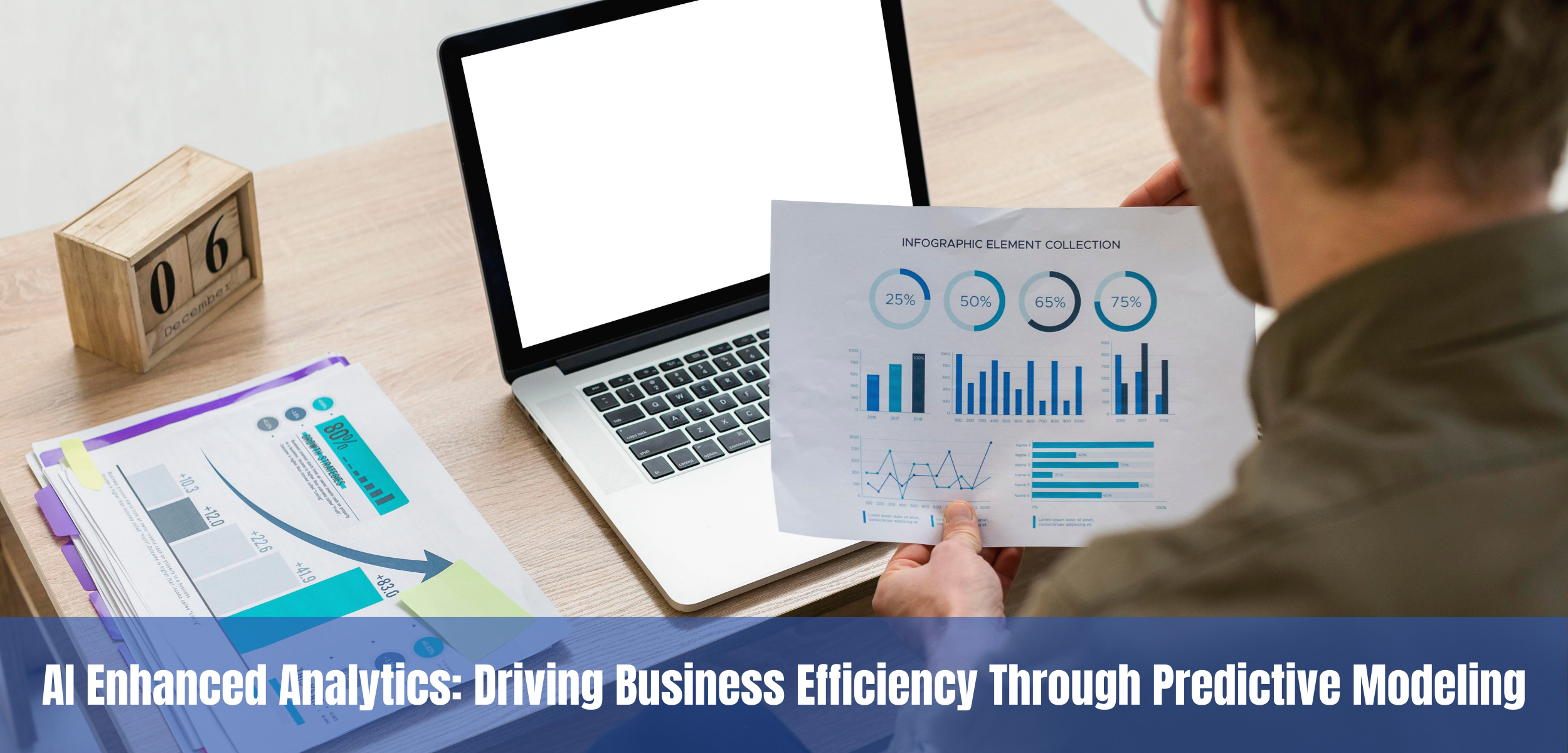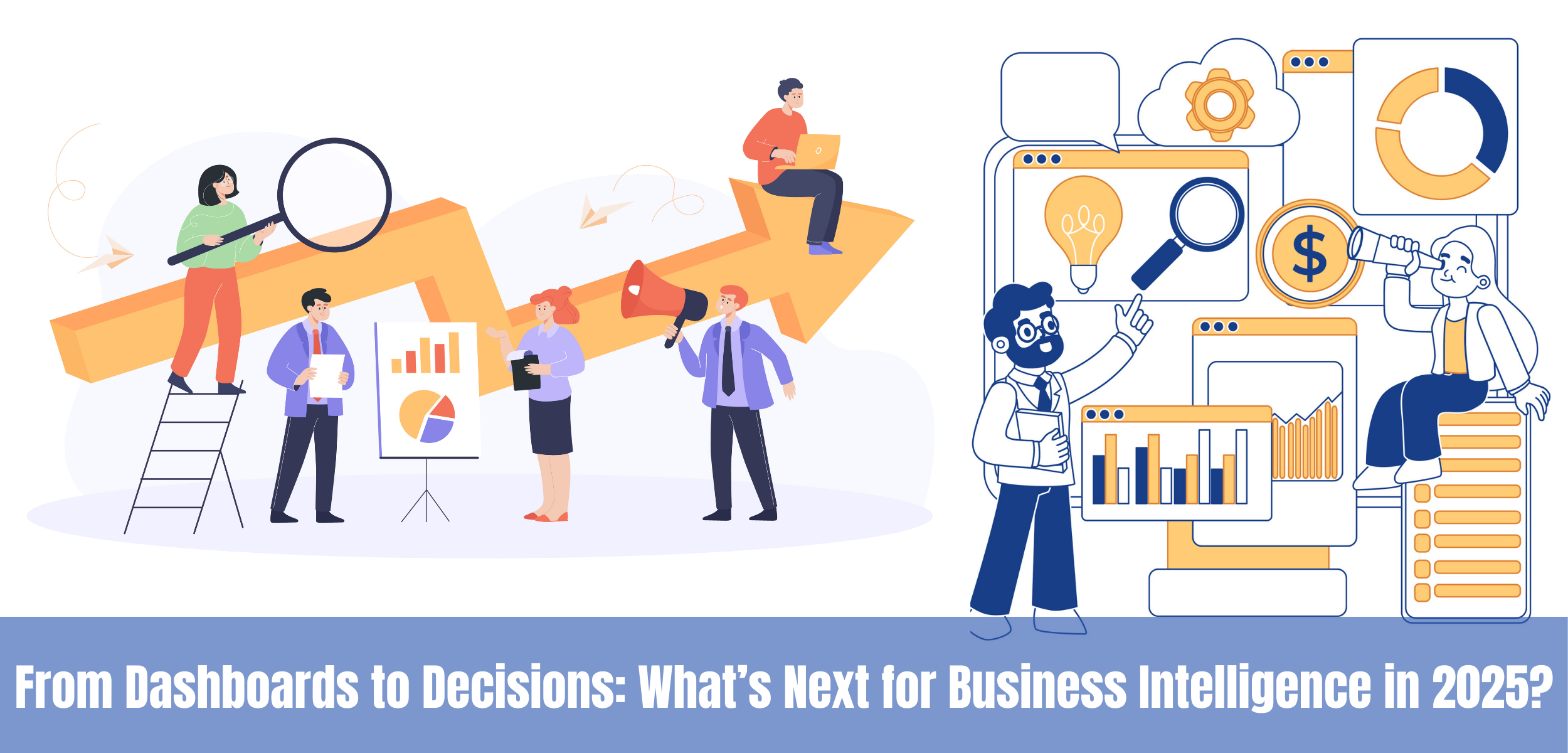In an increasingly data-driven world, organizations must move beyond traditional decision-making models. Speed, accuracy, and responsiveness have become the cornerstones of competitive advantage. Real-time analytics pipelines have emerged as critical enablers, allowing enterprises to analyze data as it is generated and derive actionable insights instantaneously.
According to Forrester, nearly 74% of firms state that real-time data is critical to their business operations (Source: Forrester). In sectors such as finance, healthcare, and logistics, even milliseconds can influence outcomes. The need to analyze events as they happen—rather than after the fact—has made real-time analytics a strategic imperative.
This article provides a comprehensive overview of the architecture, technologies, benefits, and best practices associated with building real-time analytics pipelines, with particular focus on how organizations can operationalize data to drive faster, smarter decisions.
Understanding Real-Time Analytics Pipelines
A real-time analytics pipeline is an integrated data flow system that ingests, processes, and visualizes data on the fly. Unlike batch processing, where data is collected and processed at set intervals, real-time analytics operate continuously. This enables decision-makers to act upon immediate insights, reducing lag between data generation and response.
Key Components
- Data Ingestion: Collects data from diverse sources including IoT sensors, mobile apps, and enterprise systems.
- Stream Processing: Applies transformations, aggregations, and analytics to the data as it arrives.
- Storage: Persists processed and raw data for querying, auditing, or historical analysis.
- Visualization: Converts processed data into actionable insights using dashboards and alerts.
Industry Use Cases
-png.png?width=1080&height=1080&name=Green%20Minimalist%20Business%20Strategy%20Analysis%20Checklist%20Instagram%20Post%20(3)-png.png)
Core Technologies Enabling Real-Time Analytics
Real-time analytics pipelines rely on a cohesive set of technologies. Each component must be optimized for minimal latency, high throughput, and scalability.
Technology Stack
|
Function |
Technologies |
|
Data Ingestion |
Apache Kafka, Amazon Kinesis, Azure Event Hubs, Google Pub/Sub |
|
Stream Processing |
Apache Flink, Apache Spark Streaming, Apache Storm, Google Dataflow |
|
Batch Processing |
Apache Beam, AWS Glue, Azure Data Factory |
|
Storage & Querying |
Apache Druid, ClickHouse, Apache Pinot, Elasticsearch, BigQuery, Snowflake |
|
Data Orchestration |
Apache Airflow, Prefect, Dagster |
|
Data Transformation |
DBT (Data Build Tool), Trino, Apache Nifi |
|
Machine Learning |
TensorFlow, PyTorch, MLflow, Amazon SageMaker |
|
Visualization |
Grafana, Kibana, Apache Superset, Tableau, Power BI |
These tools are modular and can be integrated into custom pipelines depending on specific business requirements. For example, Kafka’s distributed log architecture makes it ideal for high-volume, fault-tolerant ingestion.
Architecture of a Real-Time Analytics Pipeline
A well-architected pipeline ensures the seamless flow of data from source to insight. The design must accommodate scale, latency, and reliability.
Pipeline Flow
- Data Sources: Collect data from transactional systems, CRM platforms, IoT devices, etc.
- Data Ingestion: Apache Kafka or Kinesis ingests and buffers streams of data.
- Stream Processing: Tools like Apache Flink analyze data in real-time and detect patterns.
- Data Storage: Solutions such as Druid or ClickHouse store processed data for fast querying.
- Visualization & Alerts: Grafana dashboards and alert systems deliver insights to stakeholders.
The pipeline must also incorporate data quality checks, redundancy mechanisms, and security controls to ensure data integrity and confidentiality.
Benefits of Real-Time Analytics in Decision-Making
Organizations that adopt real-time analytics pipelines experience a transformative shift in operational agility and decision-making accuracy.
Key Benefits:
- Faster Decisions: Real-time insights enable immediate responses to critical events.
- Operational Efficiency: Continuous monitoring identifies inefficiencies and enables proactive optimization.
- Customer-Centricity: Enhanced ability to personalize interactions and improve customer satisfaction.
- Risk Mitigation: Early detection of anomalies helps prevent losses in areas like fraud and cybersecurity.
According to a Forbes Insights report, companies using real-time analytics are five times more likely to make timely, data-driven decisions than those relying on batch analytics (Source: Forbes).
Challenges and Considerations
While the advantages are clear, building real-time analytics pipelines presents significant technical and organizational challenges.
Major Challenges:
- Latency Control: Even minimal delays can compromise decision timelines.
- Scalability: As data volume increases, the pipeline must scale horizontally without performance loss.
- Data Governance: Ensuring compliance, quality, and lineage in fast-moving environments.
- Skill Gaps: Shortage of professionals skilled in distributed data systems and stream processing frameworks.
According to a recent report, 62% of organizations cite lack of skilled personnel as a major barrier to implementing real-time analytics at scale (Source: Digitalisation world).
Best Practices for Implementation
To maximize ROI and minimize risk, enterprises should adopt a structured, best-practice-driven approach to implementation.
Recommended Best Practices:
- Define Business Objectives: Align technical implementation with measurable business outcomes.
- Select the Right Tools: Choose technologies that best match latency, throughput, and integration needs.
- Ensure Modular Design: Architect for flexibility so components can evolve independently.
- Establish Governance: Define data quality metrics, access controls, and audit mechanisms.
- Enable Observability: Implement monitoring and alerting for every stage of the pipeline.
- Train the Team: Invest in ongoing training to keep staff current with evolving technologies.
Future Trends in Real-Time Analytics
As organizations continue to push the envelope, several trends are poised to redefine the future of real-time analytics.
Emerging Trends:
- AI-Integrated Pipelines: Machine learning models embedded into stream processors for predictive insights.
- Edge Analytics: Processing data locally at the device level to reduce latency and bandwidth use.
- Serverless Architectures: Event-driven compute models reduce infrastructure complexity.
- Augmented Analytics: Leveraging NLP and automation to enhance data exploration and storytelling.
According to ResearchGate, real-time edge analytics will be a key differentiator in industries such as manufacturing, healthcare, and autonomous vehicles (Source: ResearchGate).
Conclusion
Real-time analytics pipelines represent the next frontier in enterprise decision-making. They allow organizations to shift from reactive to proactive operations, transforming data into competitive advantage.
However, success requires more than just technology. It demands strategic vision, skilled talent, robust infrastructure, and continuous optimization.
For organizations looking to unlock the full potential of real-time decision intelligence, Evermethod Inc offers specialized services in building scalable, resilient, and secure analytics pipelines tailored to business needs.
Contact Evermethod Inc to accelerate your journey towards real-time intelligence and smarter, faster decisions.
Get the latest!
Get actionable strategies to empower your business and market domination
.png?width=882&height=158&name=882x158%20(1).png)

.png/preview.png?t=1721195409615)

%2013.png)


